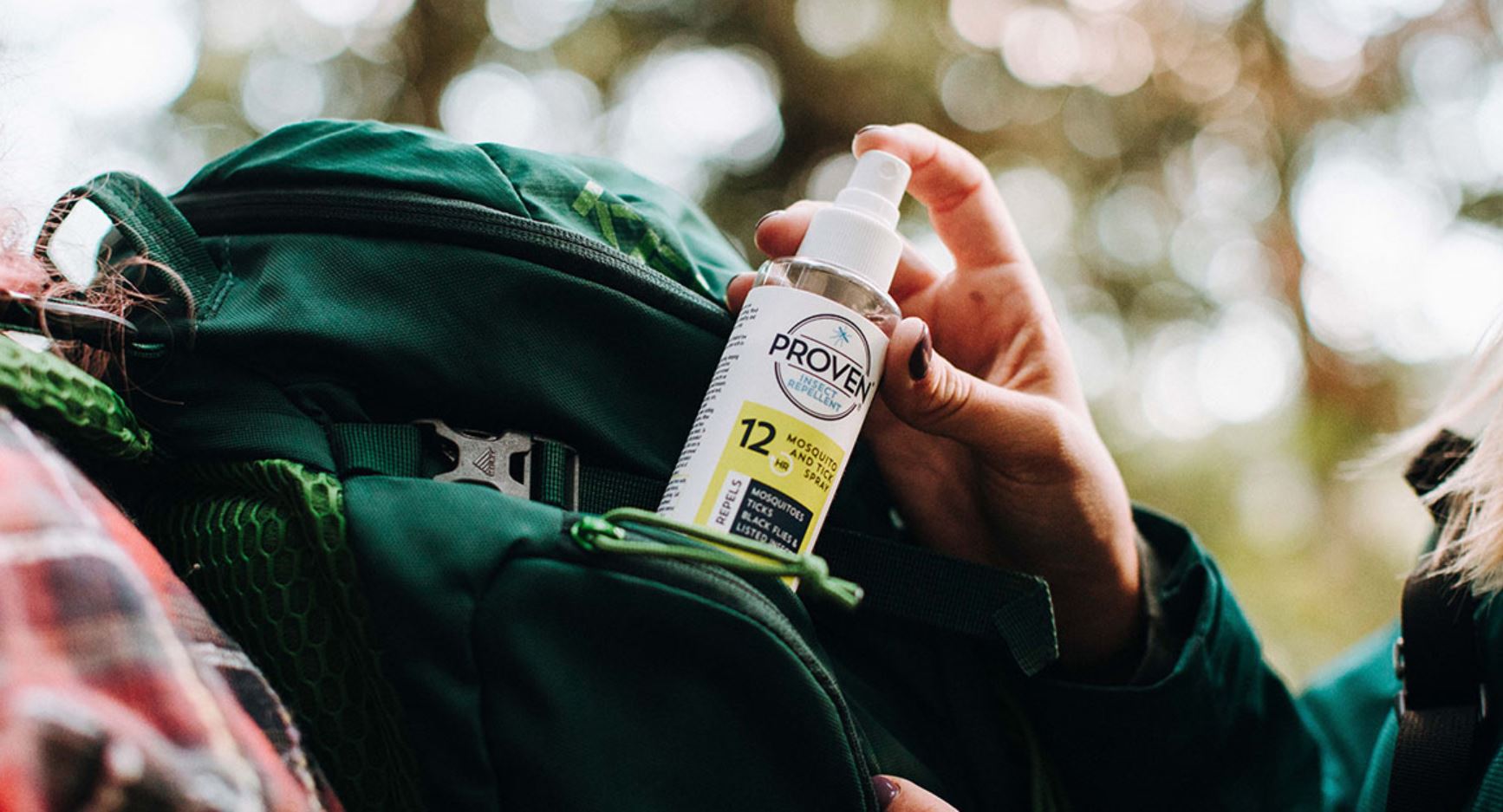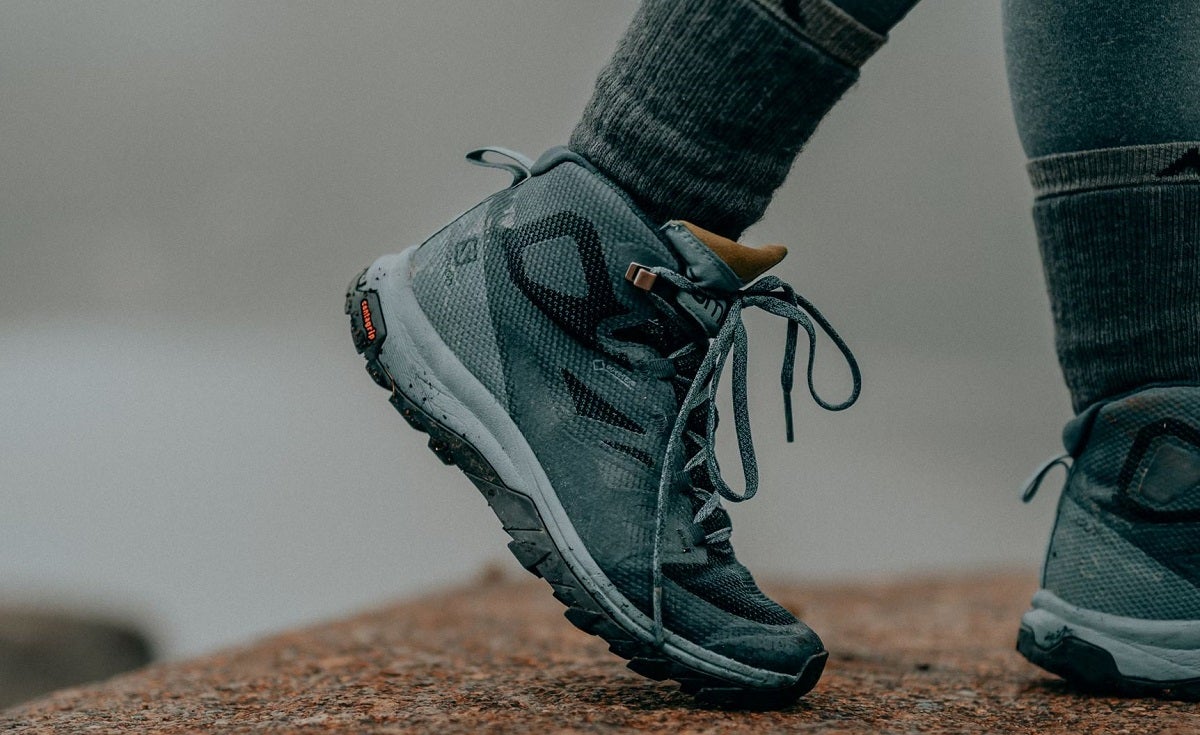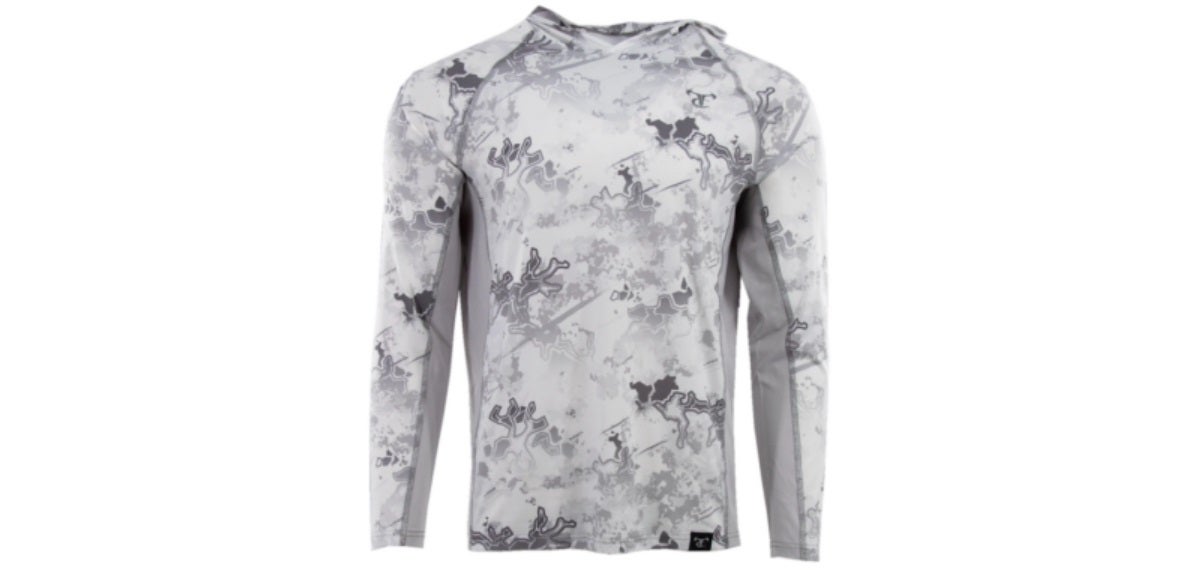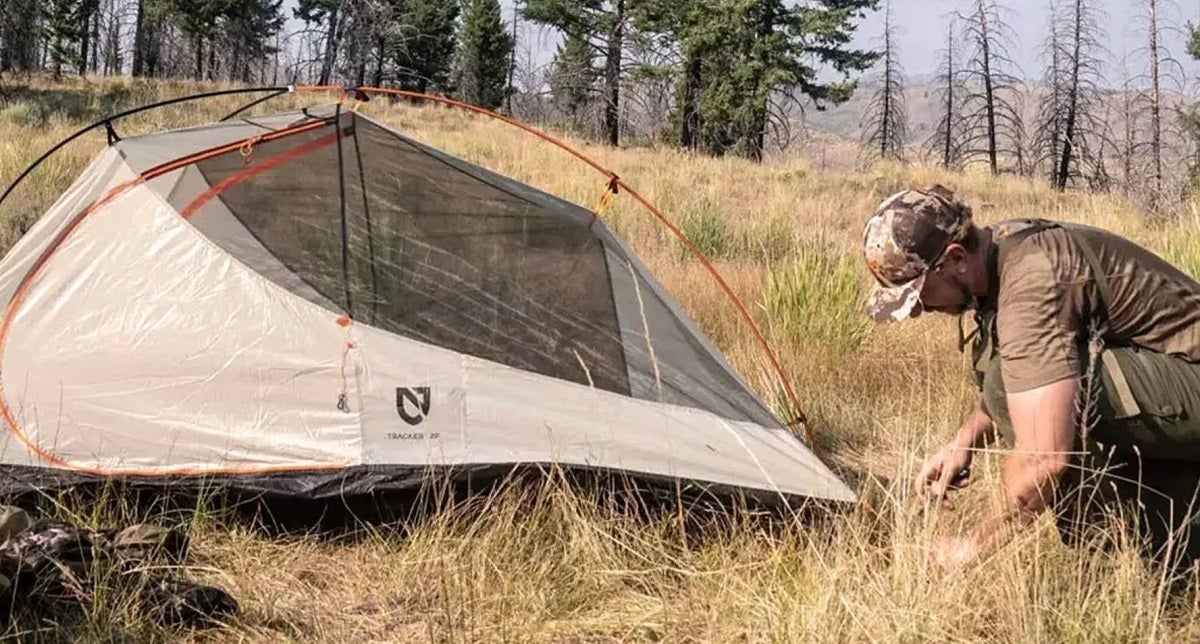Tick Tips: How to Keep Bloodsuckers at Bay & Yourself Safe
Travis Olander 01.29.24
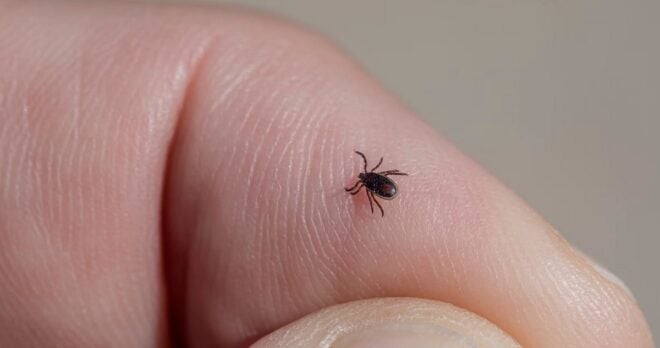
Think you’re safe when it’s frigid outside? Think again: a tick and their many variants, which are one of the most common bloodsuckers in North American woods, are also some of the most common carriers of disease. Even at temperatures just a few degrees above freezing, a tick will remain active – yes, even with snow on the ground – and lie in wait to pounce on an unsuspecting hiker passing by.
Wilderness Medical Coverage on AllOutdoor
- AllOutdoor Review: My Medic Bite & Sting Med Pack – Ready Collection
- AllOutdoor Review: My Medic TFAK – Micro Trauma First Aid Kit
- ATN Corp Partners with GSMSG to Support Medical Relief in Ukraine
- IFAKs: Building an Effective Individual First Aid Kit
Diseases Carried by Ticks
That includes the Black Legged Tick, which is responsible for spreading Lyme Disease. Plenty of other tick-borne diseases are transmitted every year to humans, including: Rocky Mountain Spotted Fever which, untreated, has up to a 25% mortality rate; Babesiosis, a red blood cell disease; Ehrlichiosis and Anaplasmosis, which cause fever, muscle aches, and flu-like symptoms; and Rabbit Fever, which can cause lymphatic inflammation and skin ulcers. Although all these diseases are caused by bacteria and can be treated with antibiotics, some can cause long-term complications and chronic illness. So, it’s simply good practice to avoid getting sick from a tick bite in the first place.
How to Keep Ticks Away
The obvious answer most turn to is, of course, repellent. Proven 12-Hour Spray worked well when I hiked in the tick-infested forest of Pennsylvania. Standard DEET is effective, too. But repellent only works to an extent, and its not 100% effective. Ticks can be overzealous creatures when they’re hungry and, in the face of warm food, they may simply power through a repellent’s effects and try to get a bite out of you. But there are plenty of other practices you can, and should, follow to reduce your chances of getting bitten.
Tuck Your Socks, Spray Your Boots
Tucking your pant legs into your boots and socks is the most effective way to reduce the chances of catching a bite. Ticks like to hover around the leaf-litter layer of most woods, where they’ll latch on to the hooves and paws of animals and, in our case, our feet. Giving your shoes or boots a good dowsing with some repellent is a good idea, too.
Always Wear a Hat
Ticks sense food by smelling odors and sensing heat. Our heads are prime odor and heat producers: We breathe and perspire, our hair gives off plenty of smell, and a significant portion of our body heat is concentrated in our head.
Wearing a hat – that’s also dowsed with spray – is a great way to prevent ticks from jumping off nearby branches and trees, hoping to land atop your juicy skull for a snack. A hat reduces your heat signature and provides a physical barrier against getting bitten.
Wear Light Clothing
Dark clothing traps body heat and increases heat absorbed by the sun, increasing your signature. Light clothing is the better choice for reducing the chances of grabbing a bloodsucking hitchhiker. Even if you do get a tick as a passenger, light clothing makes it easy to spot them and remove them before they get any further.
I always wear UV-resistant sun shirts when I hike and camp. They provide good protection against sunburn and they’re sweat-wicking, which helps to keep me cool on my local Rocky Mountain trails. Osprey makes some good hoodies for the outdoors.
How to Remove Ticks
The old holistic tricks your grandma taught you to remove ticks – like using matches, a hot needle, nail polish remover, or Vaseline – don’t actually work well. Ticks may actually try to burrow into your skin when they’re coated with chemical, and they can even regurgitate their stomach contents (including bacteria) into a bite wound if they’re poked, heated, or squeezed at the body. The right easy to remove a tick is easy: Grab some hair tweezers, grasp the tick by the head, as close to the skin and bite as possible, and pry it out. The tick should release and come free easily. Be quick, though: If you wait too long, the tick could latch on tighter and you risk separating its head or mouth parts from its body.
Avoid Open-Air Camping
It’s fun to sleep under the stars, but it should be avoided if you’re under heavy foliage in an area known for ticks. Keep it simple: Get a decent, ultralight, 1- or 2-person tent with a bug fly and you can still enjoy gazing up at the night sky without attracting loads of bites. The NEMO Tracker OSMO is a good choice.
Watch for Black Legged Ticks
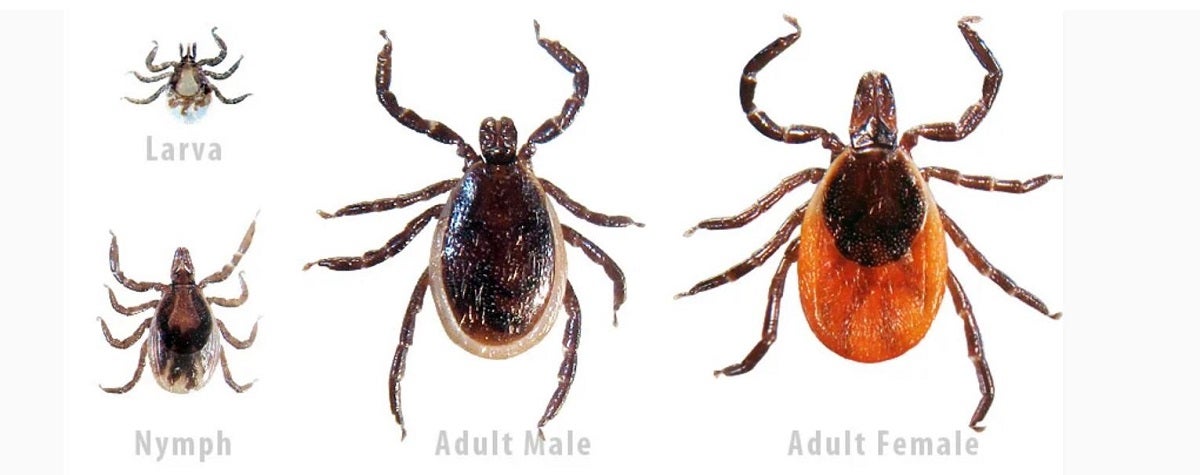
Black Legged Ticks (also called Deer Ticks) are endemic to the continental U.S., and they’re the ones to worry about: They carry Lyme Disease, which is the most troublesome tick-borne illness. If you’ve been bitten by one, it’s probably a good idea to get tested for infection. Depending on the location, these ticks have up to a 50% of carrying the bacteria that causes the disease. With adequate treatment provided in a timely manner – usually 2 to 4 weeks of antibiotics – Lyme Disease is curable. But if the disease is left untreated, it can become an incurable and chronic condition that causes lifelong arthritis and inflammation. Looking for some effective repellents? Check out our top three picks for tick and bug sprays.
